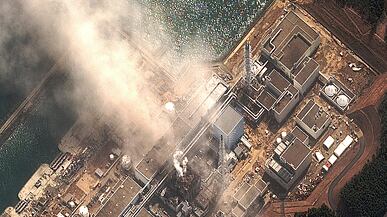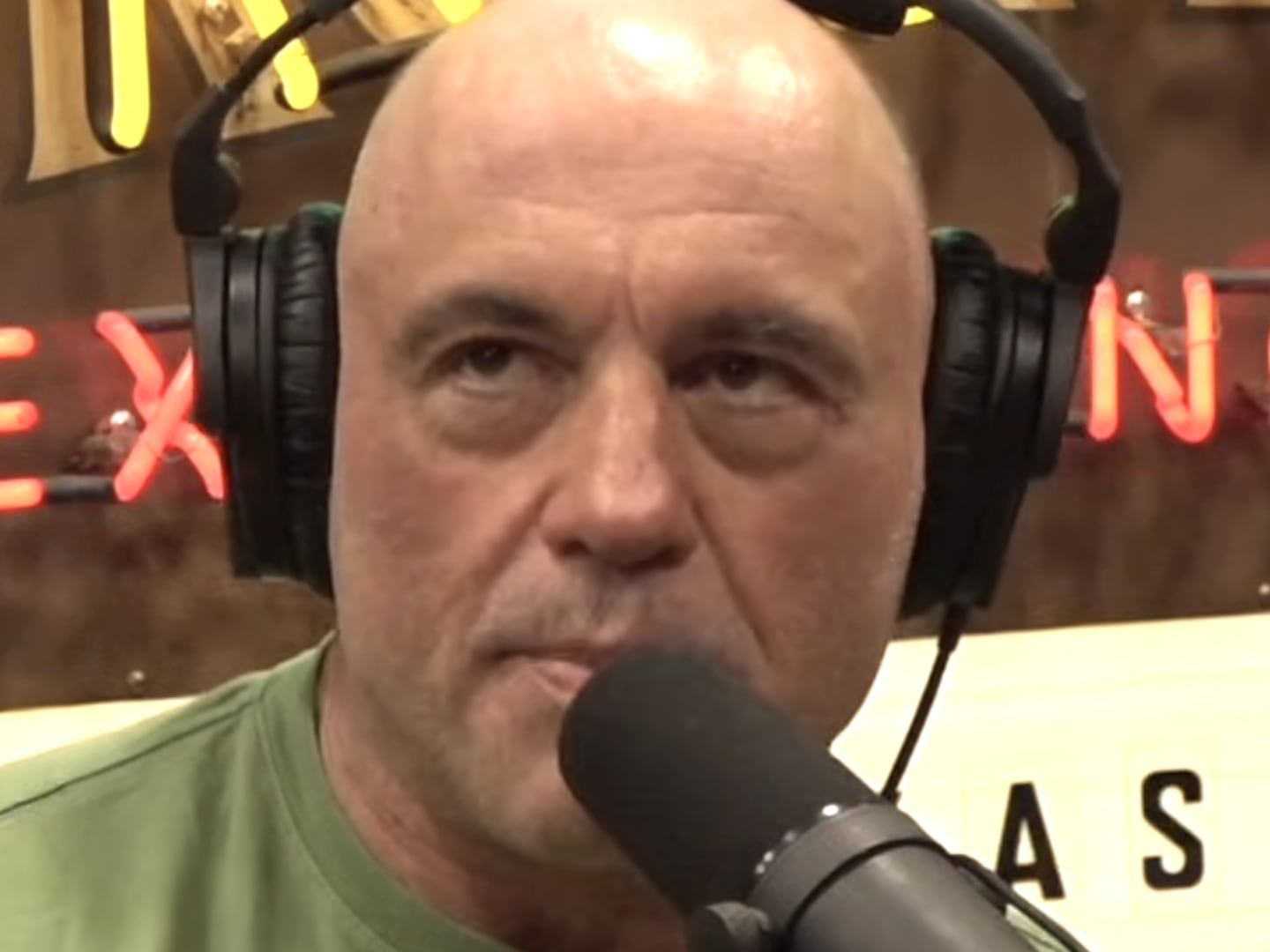The latest blast at Japan's most crippled nuclear reactor is the worst yet, and raises the likelihood of a nuclear catastrophe to uncomfortable levels, according to worried industry experts. The explosion, at the Fukushima Daiichi plant 150 miles from Tokyo, damaged the integrity of the reactor’s steel containment structure, and nearby radiation levels spiked after. Emergency workers were evacuated due to the threat of radiation exposure, meaning that they will not be around to help avert the possible nuclear meltdown.
The Daily Beast's Lennox Samuels and Takashi Yokota report from Tokyo on the alarm over radiation in the city. Plus, full coverage of the Japan quake and tsunami.
Tokyo and other cities have watched the unfolding tragedy in Japan’s northeast with concern but a sense of distance, even insulation. Until now. A mood of foreboding and alarm began to creep across the nation Tuesday as authorities made it clear that all six reactors at Fukushima Daiichi are beset with serious ailments, ranging from partial meltdowns to radiation levels harmful to human health to rising pressure, that could combine for a nuclear disaster of unprecedented proportions.
Photos: Japan’s Earthquake and Tsunami

As frantic workers struggled to contain the effects of a third explosion at the nuclear plant—which may have actually damaged the containment system—the government said the resulting radiation leak is potentially harmful. Moreover, if the containment system is indeed breached, the result could be a radiation spike to levels not seen so far. Authorities have had to confront explosions at three reactors, Units 1, 2, and 3; are battling a fire at Unit 4; and have now announced that pressure is rising at Units 5 and 6, and according to Chief Cabinet Secretary Yukio Edano, “must be monitored and carefully studied.”
NEWSWEEK/The Daily Beast's Lennox Samuels reports from Japan
Officials evacuated 750 workers from the plant in Fukushima Prefecture, leaving 50 on hand, the minimal number needed to handle the situation. Prime Minister Naoto Kan reiterated that all residents within 20 kilometers of the plant must evacuate and everyone 10 kilometers outside that zone must stay indoors. He said Tokyo Electric Power Co, the plant operator, is “working hard” to cool the reactors, whose cooling systems were damaged in the magnitude-9.0 earthquake and tsunami that struck the region Friday.
Residents in Tokyo and its surrounding areas are increasingly nervous about the radiation levels, as traces of radiation have now been detected in even the downtown section of the city. Officials detected radiation levels 20 times higher than usual in the capital’s popular Shinjuku district, though they say the level poses no health risks, at least at the moment. Despite such assurances, Japanese are increasingly uneasy about the nuclear situation. The radiation threat has already prompted several foreign companies, including an international financial-news service, to consider pulling employees out of the city. A number of European investment banks are considering closing shop here and transferring their staff to other Japanese cities as well as outside the country.
Frustration with the Kan administration continues to build, and more people and officials are questioning whether the central authorities are sufficiently clear in the directions they are sending out, especially to local governments.
Katsunobu Sakurai, mayor of the city of Minamisoma, 50 to 60 kilometers north of Fukushima Daiichi, complained that orders from the central government have been “confusing.” He said most residents had left the prefecture, or state, voluntarily, although it was difficult to give instructions to people and that “it’s been worrying to the residents when they listen to the prime minister.” He added that residents cannot leave their damaged homes or drive anywhere. “We are not even able to look for our dead,” he said. Regarding evacuation orders, he noted that people are being asked to walk when there’s radiation in the air. “We would like to ask the central government to help us by providing clear direction,” he said.
Fueling the growing consternation is TEPCO’s less-than-stellar handling of public relations. In response to media questions about the explosion and radiation leakage at Fukushima Daiichi, the best answers the utility has been able to muster are frequently: “We don’t know” and “Let us check on that.” Kan is reported to have admonished—even yelled at—TEPCO officials for failing to keep the government properly informed. Asahi Shimbun quoted Kan shouting: “An explosion is shown on television, and it took you people an hour to report this to the prime minister’s office… What’s going on?”
And when former chief cabinet secretary Yoshito Sengoku called TEPCO to ask how planned rolling blackouts would affect hospitals and vehicular traffic situation, TEPCO responded with a fax saying: “For details, please contact our customer center,” according to the Jiji news wire. An infuriated Sengoku reportedly barked, “Who the hell do you think I am?” To be fair, TEPCO officials at ground zero in Fukushima have gone to heroic lengths to prevent a nuclear meltdown. One veteran TEPCO official—even with the protection of a special moon suit—was exposed in 10 minutes to 100 times the radiation a person should be exposed to in an entire year.
Some critics had also questioned whether the government has enough staff on hand to cope with the demands of preventing a meltdown, especially given the 50 other reactors that must be monitored around the country. Nuclear experts expressed concern about human error and fatigue. “One wonders about a small group of people working nonstop in a situation like this,” MIT security analyst Dr. Jim Walsh told The Daily Beast. “How deep is that staff; how fresh are they? There’s a human dimension to this that could lead to mistakes.”
On Monday, the water level in the Unit 2 reactor dropped, and fuel rods were eventually exposed, raising radiation levels and possibly damaging some of the rods. That all occurred when the employee charged with monitoring the pump that was bringing in seawater to cool off the fuel rods had stepped away.
Lennox Samuels is a Newsweek/Daily Beast editor based in Bangkok. He covered the 2004 Indian Ocean tsunami.
Takashi Yokota is Newsweek’s correspondent in Tokyo and the editor chief of Newsweek Nihonban, Newsweek’s Japanese-language partner.







